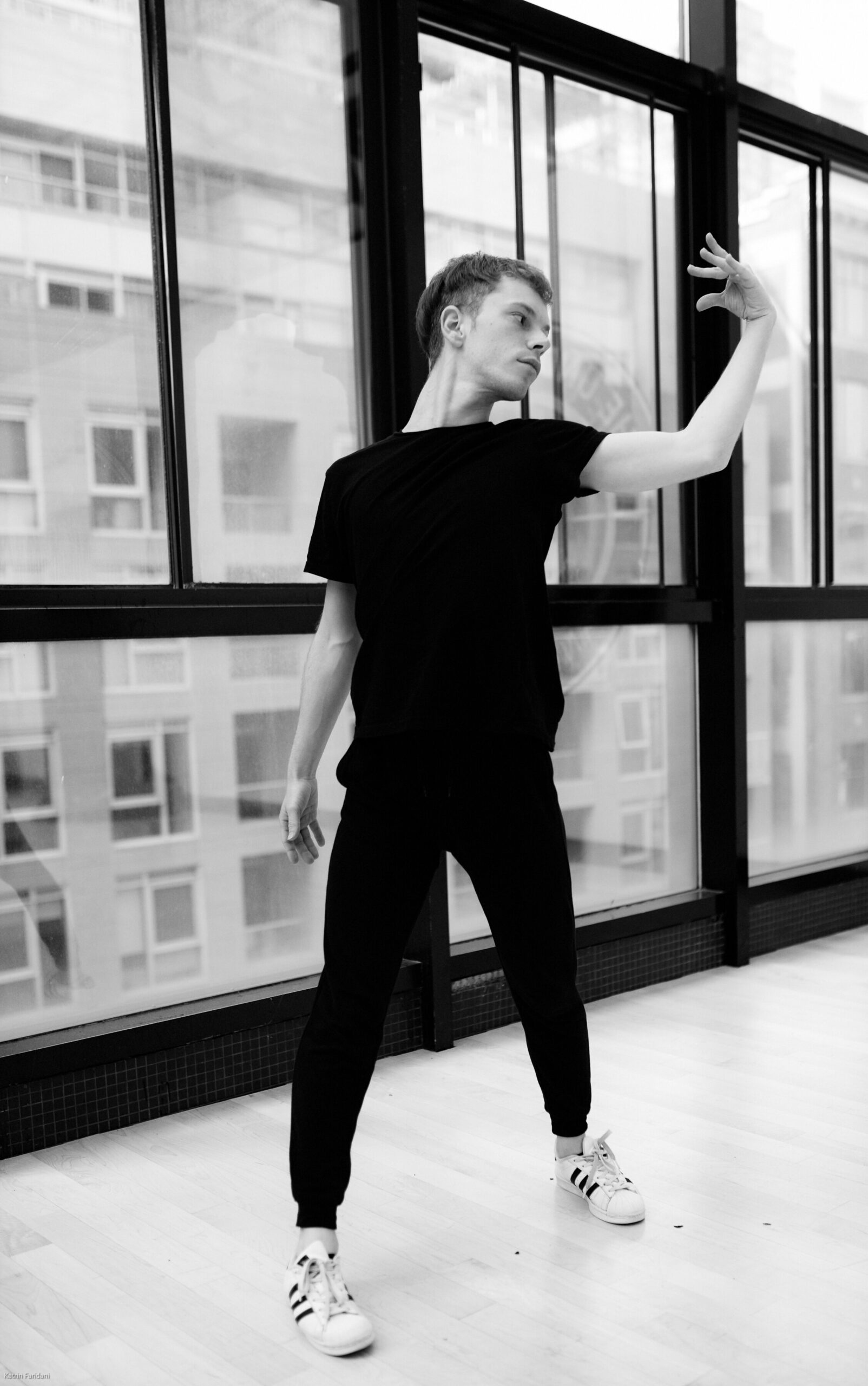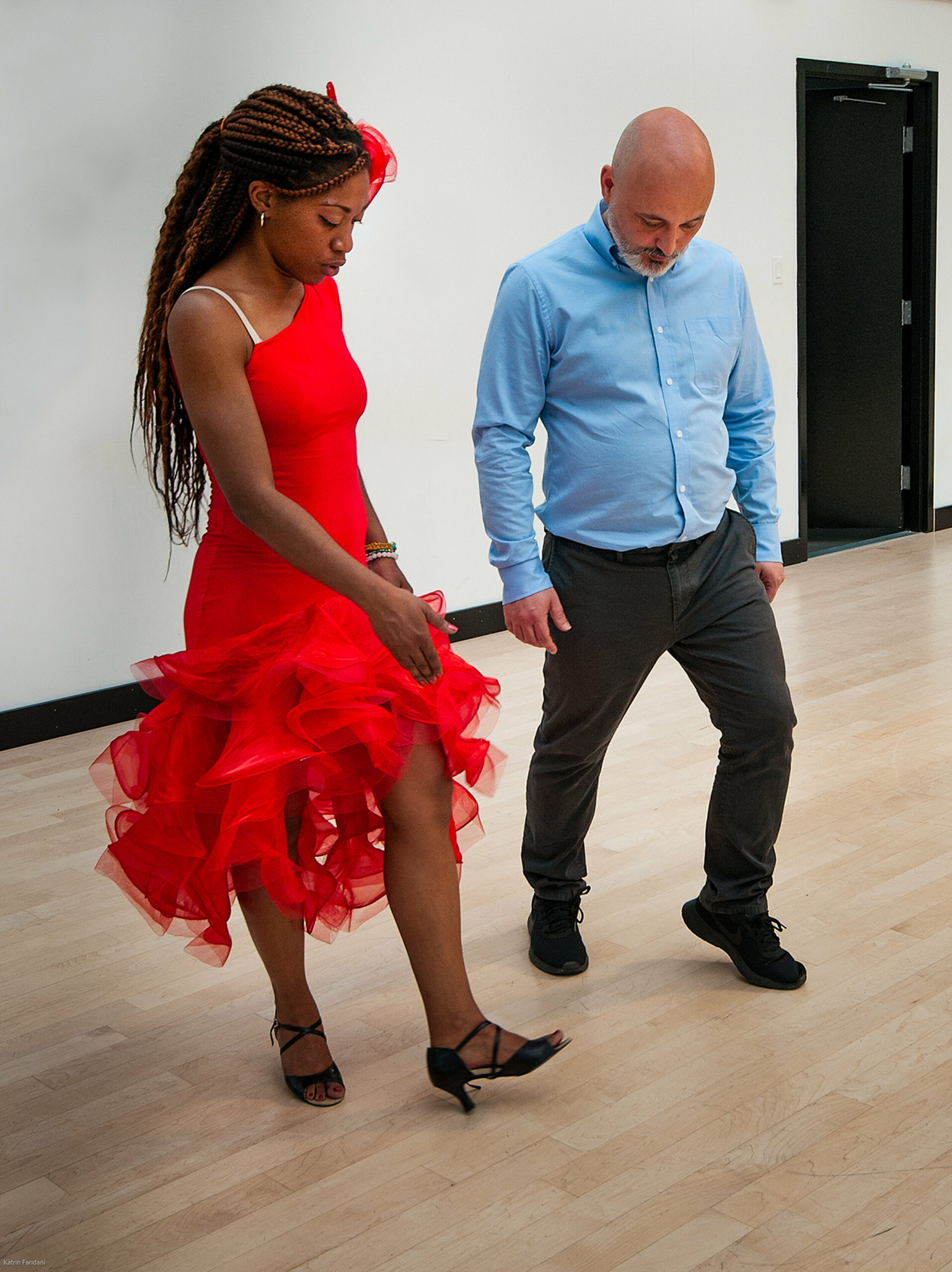For instance someone with cervical dystonia would have an asymmetrical tonic neck reflex now uninhibited, making it difficult to turn their head to center. Similarly, someone with a hand dystonia can have the grasping reflex uninhibited, causing them difficulty when writing or playing an instrument.
Dance and movement can be medicine for patients affected by Dystonia
In many of the exercises I suggest are embedded both the primitive reflex and its opposite, continually performing these two therapeutic movements together, in small precisely performed daily doses over time, can help one of the aspects of dystonia, the movement irregularities. I say one of the aspects because as anyone with dystonia will tell you, their symptoms go way beyond spasms and tremors..
I also began to see a recurring theme with many of my clients. They felt ‘normal’ when dancing or doing an activity they loved. This shows that ‘normal movement’ is still available to the client but only at certain times, at other times the neural circuitry displays a weakness making the movement erratic or impossible. My goal was to create exercises within dances in which the therapeutic movements are repeated in a context that can be enjoyable too. Combining two aspects of positive reinforcement to strengthen the weakened neural circuitry.
Many of the professional dance instructors on the platform also have dystonia or have family members affected by Dystonia, every move has been precisely chosen to be therapeutic, but also to work well within the physical restrictions dystonia can temporarily cause. As the patient improves, their dances will become more fluid, with more range of motion. From dancing styles like Bollywood, disco, hip hop, African dance and belly-dance, there are dances to suit every taste. If dancing is restricted or undesirable, we’ve also created boxing, kung fu, Qi gong, yoga, among others, all to get our members moving and recovering at the same time.
Start your Recovery Journey Today
Join the complete online recovery program for dystonia patients.
Will any dance style work?
Although moving in general and working out are wonderful to improve overall health and dystonia too, free-style dancing or other forms of dancing will not contain these therapeutic moves. You also run the risk of aggravating your dystonic area by asking for movements your body simply doesn’t have strong enough neural circuitry to sustain, which would then force the brain to recruit other muscles to do the moves requested, compensatory muscles which can lead to prolonged pain and can delay recovery efforts.
The dance choreographies on the platform along with the instruction given on how to perform, will also prevent the patient from overdoing a good thing. One tip I have for those who do their own style of dance or working out — if you feel spasms increase during or after the activity, you are doing too much – but if you feel better with freer movement during and after the activity, it is probably good, could be strengthening some neural connections and you should continue. The exception being, until you have recovered more neural strength to the dystonic muscle, it is best not to workout your dystonic area, for example upper body weights for someone with neck dystonia or running for someone with leg dystonia. Having said that, it still can depend on the physicality of the client and the intensity of their dystonia, but if you want to play it safe, you may want to put aside these intense workouts for some months while you focus on the recovery exercises.

So all I have to do is therapeutic dance and my dystonia will be gone?
After 25+ years treating clients, I have found a multi-faceted approach helps best. Dancing is just one of the approaches. Others include eye exercises (most don’t realise that dystonia affects the eyes in almost every single client), therapeutic music (to help with brain synchronisation, dysregulated in clients), movement exercises (a more sustained and slow exercise for each dystonic area), meditations and relaxation techniques (as those with dystonia have an imbalance in the autonomic nervous system, causing an over-activation of the reactive response). It’s this approach from many angles which takes into consideration the fact that dystonia is a full body condition, that will bring each client their best opportunity to recover lost function, physically, cognitively and emotionally.
Start your Recovery Journey Today
Join the complete online recovery program for dystonia patients.


